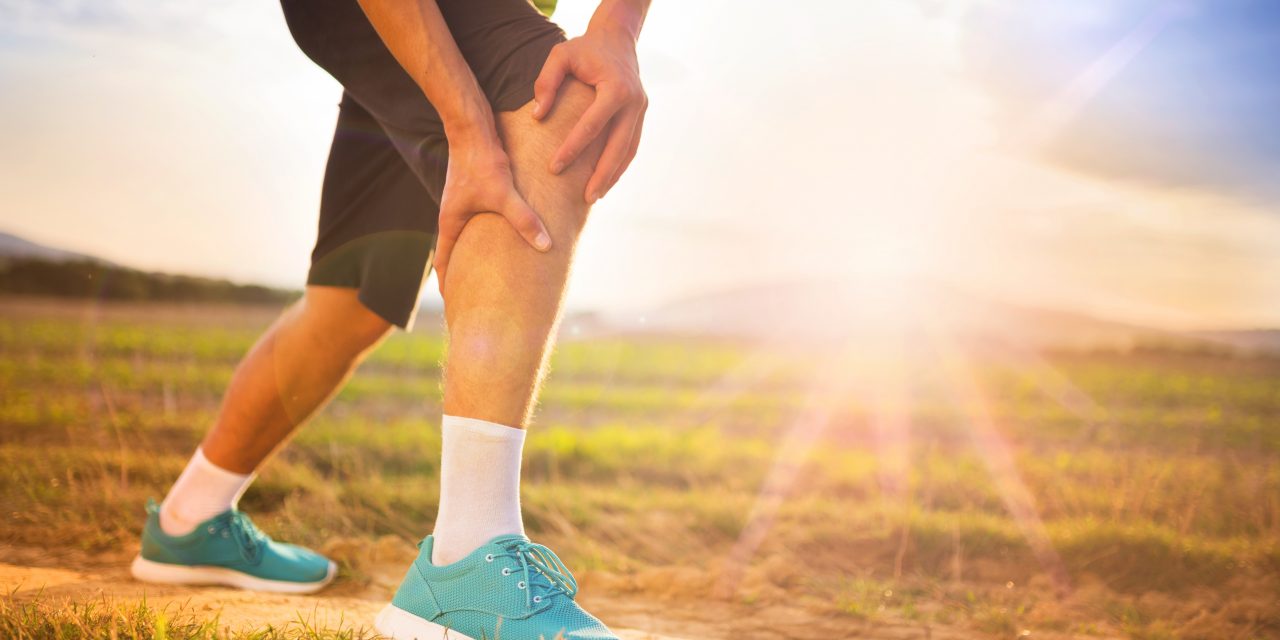
Iliotibal Band Syndrome

Iliotibial Band Syndrome (ITBS) is a common condition that develops when the distal portion of the ITB rubs against the lateral epicondyle of the femur, causing irritation and subsequent inflammation of the ITB. It is particularly familiar to runners and seems to be exacerbated by training on slick “wintery” surfaces.
Patients often present with progressively increasing lateral knee pain. The pain usually occurs with knee extension, immediately prior to heel strike. Patients may report an audible click or pop with movement. The patient is often asymptomatic at rest. ITBS is the leading cause of lateral knee pain in runners, especially slower “joggers”, and cyclists. The pain usually develops 10-15 minutes into the offending activity. Women have an increased risk during pregnancy.
The characteristic clinical presentation includes tenderness at the lateral epicondyle of the femur approximately 3 cm proximal to the lateral joint line. Tenderness increases when pressure is applied to the epicondyle while flexing and extending the knee through the “peak impingement zone” between 20-40 degrees (positive Noble’s). Pain increases while weight bearing with the knee flexed 30-45 degrees, and may be exacerbated by hopping in this position. Passive thigh adduction is often restricted on the affected side.
The problem is commonly caused by gluteus medius weakness. When the hip abductors are weak, the TFL must contract harder. Trendellenberg may be positive (stand on the affected leg, raise the opposite leg and watch for pelvic drop). The condition is often associated with excessive foot pronation, genu varum or “bow-leggedness”, and internal tibial rotation. Greater trochanteric bursitis frequently co-exists.
The diagnosis is generally established through a careful history and clinical evaluation. Initial work-up may or may not include AP & lateral plain film radiographs of the knee, based on the history. Cases that are unresponsive after 4-6 weeks of conservative care and activity modification may require MRI to narrow the diagnosis. Differential diagnosis considerations include hamstring strain, lateral collateral ligament sprain, lateral meniscus injury, lumbar radiculopathy, fibular head subluxation, common peroneal nerve entrapment, lateral joint compartment osteoarthritis or osseous pathology.
A successful treatment program must address the entire lower limb. Manipulation may be necessary for sacroiliac, lumbar and hip, knee & foot restrictions. Soft tissue manipulation may include Graston or transverse friction massage to the distal ITB and Active Release Technique to the TFL. Intracell or foam roller to the ITB is useful in-office and at home, but not applied over-enthusiastically and not on consecutive days. Therapy modalities, including electrotherapy with ice or pulsed ultrasound, may be helpful to diminish acute pain and swelling at the site of pain. Kinesiotaping of the ITB may promote recovery. Nerve mobilization technique may be useful to release adhesions involving the peroneal nerve. Stretching should be directed at the ITB/TFL, hip external rotators, hamstring, glutes. A comprehensive approach will assess for and correct hip abductor weakness particularly the gluteus medius.
Pelvic imbalance, whether structural, functional or activity induced frequently perpetuates ITBS. Clinicians should assess for leg length inequality and consider a heel lift for structural deficits. Casting orthotics to correct foot hyper-pronation will promote a quicker recovery.
Activity modifications for runners include minimizing downhill running and avoiding running on a banked surface like the crown of a road or indoor track. Avoid running on wet or icy surfaces as these require greater TFL activation for stabilization. Runners should reverse directions on a circular track each mile. Initially, consider recommending a lower duration of exercise but not necessarily pace. Avoid increasing distance too quickly- i.e. no more than 10% increase in mileage per week. Consider new training shoes, particularly if the current shoes have in excess of 300 miles or show signs of wear on the lateral heel.
Cyclists may need to adjust the seat height and avoid “toe-in” pedal positions. Other exercises to avoid initially include; stair climbers, squats and deadlifts. Counterirritant creams & home ice massage may provide symptomatic relief. By developing well-constructed treatment programs that address all of the pertinent biomechanical issues, we will assure our patients that they have made the right choice in selecting a chiropractor as their musculoskeletal expert.

















